The Nature of Tarot Predictions
Tarot cards have long been a tool for divination, offering guidance and insight rather than concrete predictions. They work on the principle of synchronicity—a concept defined by psychologist Carl Jung, which suggests that events are "meaningful coincidences" if they occur with no causal relationship yet seem to be meaningfully related. The 78 cards of the tarot deck, including the 22 Major Arcana cards, represent various aspects of life and human experience. While some seek answers about the future from tarot readings, the essence of the practice is more often about gaining perspective on the present and guidance for one's own personal journey.

The Death Card: Misinterpretation and Symbolism
Within the tarot deck, the Death card often causes unease due to its dramatic imagery and associations. However, seasoned tarot readers understand that the Death card rarely signifies literal death. Instead, it typically represents transformation, endings, and transitions. It can indicate the conclusion of a significant phase in life, the shedding of outdated beliefs, or the impetus for change. The imagery on the card itself is rich with symbols of rebirth and renewal, reinforcing the concept of death as a metaphor for new beginnings.

Can Tarot Cards Predict Actual Death?
The question of whether tarot cards can predict death is one steeped in ethical and philosophical considerations. Most responsible tarot practitioners adhere to the belief that the cards should not be used to foretell death. This stance is not only out of respect for the gravitas of such predictions but also acknowledging the tarot's limitations. Life and death are complex and multifaceted, and while the cards may hint at mortal themes, it is generally understood that they do not possess the capability to pinpoint the end of a life.
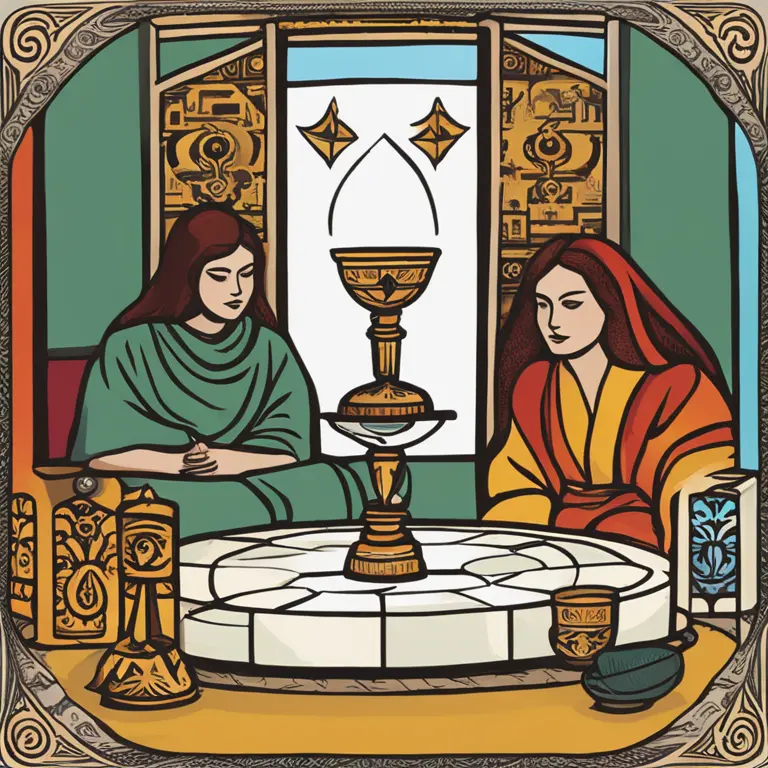
The Ethical Side of Tarot Reading
Regarding matters of life and death, ethical tarot readers maintain clear boundaries. The primary role of the tarot is for reflection and counsel, rather than proclaiming inevitabilities about life's most serious matters. Responsible readers aim to empower clients, helping them navigate their paths with insight and self-awareness. Furthermore, a prediction of death could cause significant distress and potentially influence an individual's choices in a harmful way, which contradicts the supportive and constructive ethos of tarot practice.
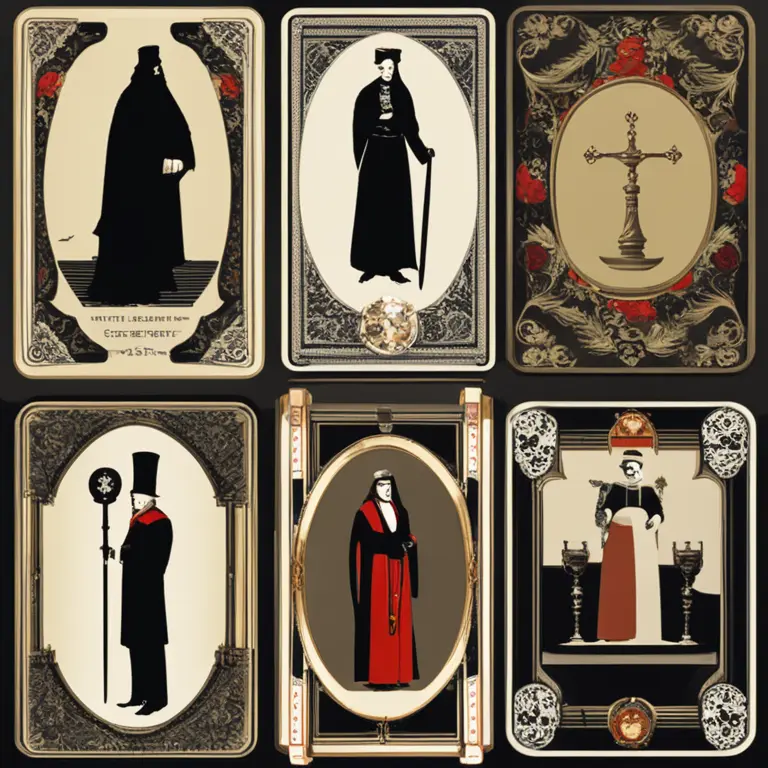
Reading Tarot with Sensitivity and Respect
Any exploration of mortality through tarot should be handled with sensitivity and respect. Readers may choose to focus on the transformational aspects of the Death card or similar themes when they arise. It is crucial that clients understand the symbolic language of tarot and its purpose to illuminate the metaphorical aspects of death, such as the ending of one chapter in life and the beginning of another. This level of nuance ensures that the tarot remains a tool for personal development, rather than a harbinger of doom.
Conclusion: The Power of Tarot
Ultimately, tarot cards offer a framework for personal reflection, empowering individuals to make informed choices about their futures. While they can hint at change, transformation, and even the end of cycles, they are not a crystal ball foretelling death. Those seeking wisdom from the tarot in 2024 and beyond should approach it as a source of guidance for spiritual and personal growth, rather than a deterministic forecast of life's finality.
Published: 1/17/2024
Modified: 1/17/2024
More predictions
Come back here soon to learn more about yourself and your future

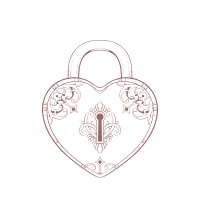
Exploring The Meanings of Astrological Houses
Discover the significance of the 12 astrological houses in your natal chart and how they influence various areas of your life, from identity to career and beyond.
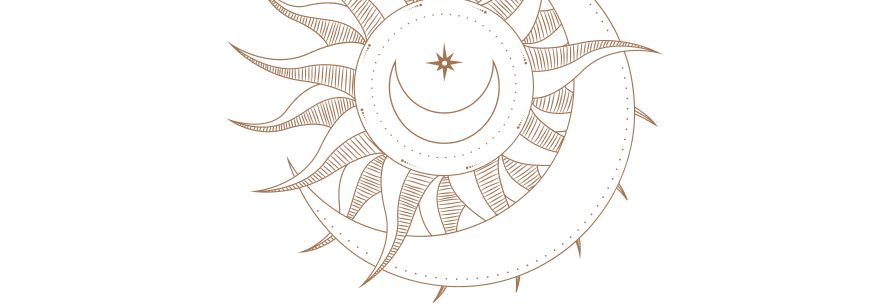
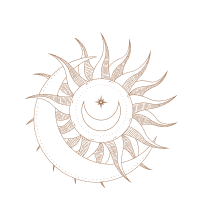
Top Astrological Houses for Personal Insight
Discover how the best houses in astrology provide deep personal insights and influence key areas of your life in this comprehensive guide.
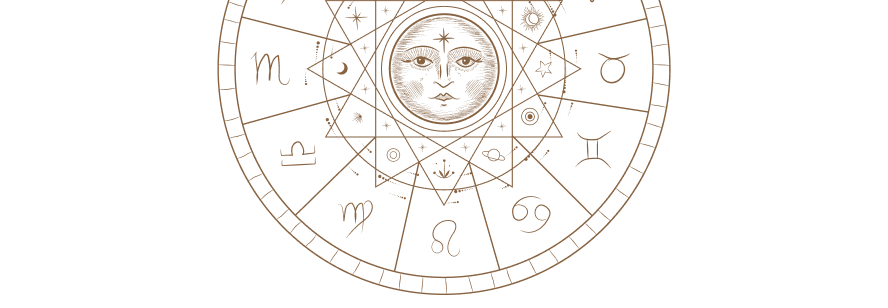
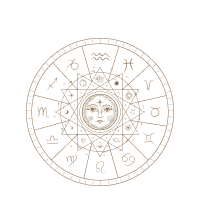
Unlocking The Essence of Astrological Houses
Delve into the significance of astrological houses and their impact on your personal astrology reading.